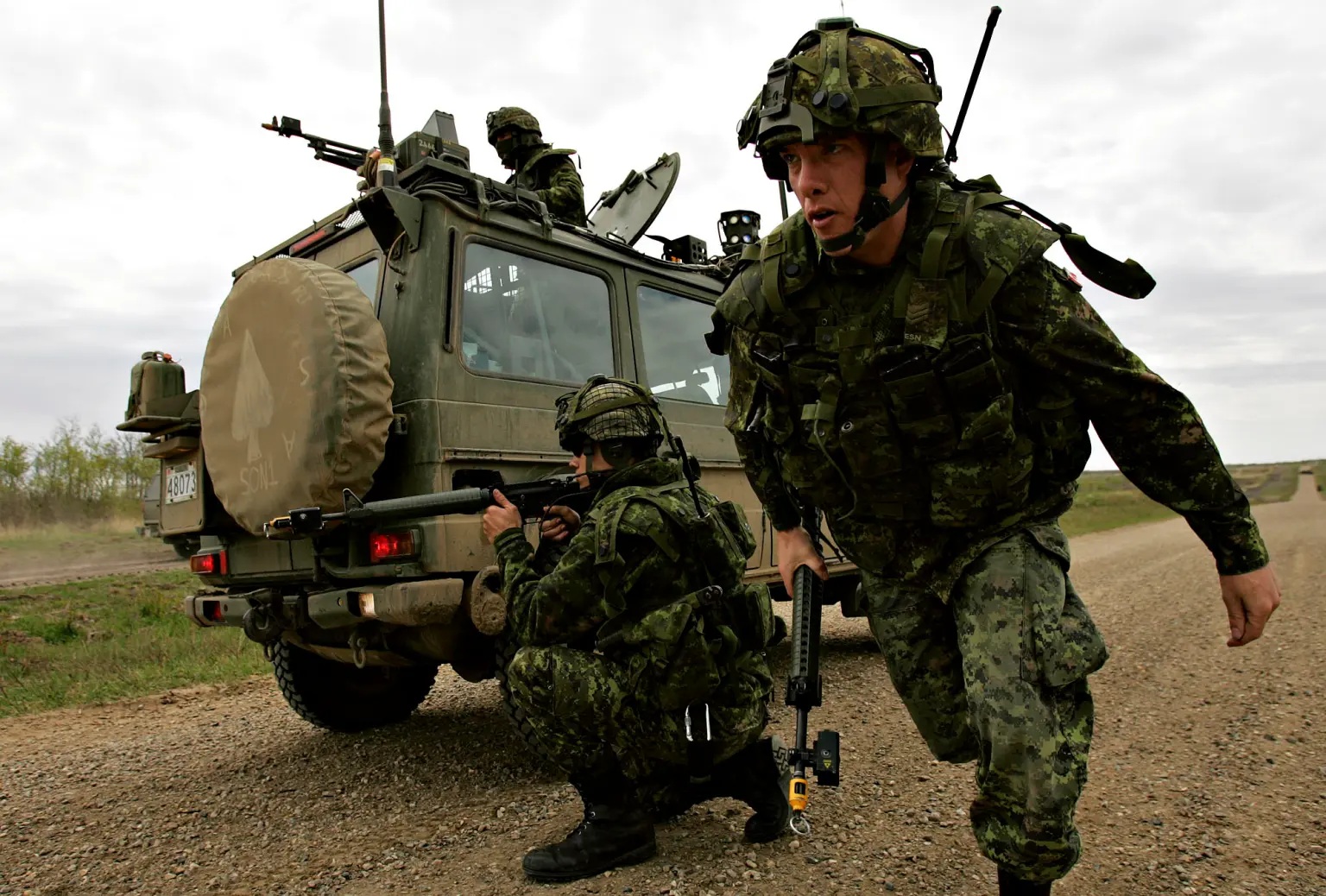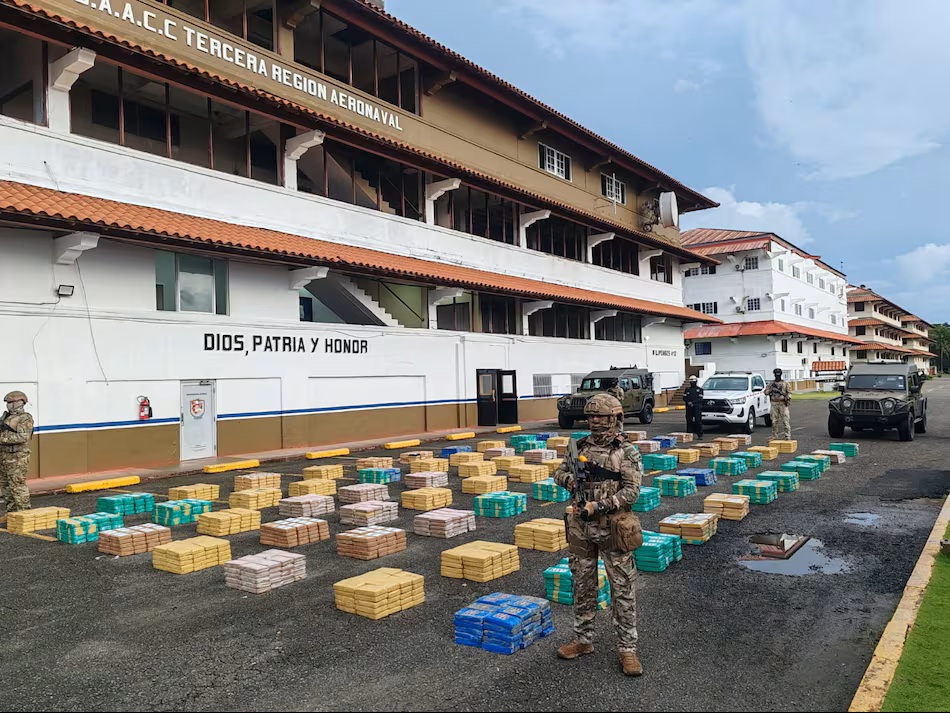WORLD View Defeating the Loan Wolf

By Veronica Kitchen
THAT AN EVENT like 2016 Olympic Games in Rio de Janeiro came off without incident speaks to the preparations that organizers and security forces undertook to ensure that events and the public spaces associated with them were secure from terrorist attacks.

The Rio Summer Games could be deemed a success if only because nobody was harmed by a terrorist. It’s a remarkable achievement considering that 2016 has been characterized by a number of terrorist attacks by radicalized individuals — particularly Islamic State sympathizers — on ordinary citizens in public spaces around the world.

“Lone wolf” terrorists have taken aim at soft targets such as these because they are inherently difficult to protect by security forces as people go about their daily lives – traveling, commuting, working and socializing.
In addition, there are periodic public events that not only bring together local citizens but attract thousands of visitors. Both annual events held in the same locale, such as the Boston Marathon, and one-off special events, such as the Olympics and World Cup, bring their own security challenges.
These events have added appeal for terrorists because of the increased media attention that a successful attack would promise. That said, special events also have additional security measures built in, making it inherently more difficult to attack them.
Certain expectations of crowd behavior govern how responders will prepare to secure an event, and how they will react to an attack. Scores of individuals may be visiting a place for the first time. They may not know their way around; they may not have cellphones that work or much knowledge of the local language, laws and customs. While there may be specific venues to protect, such as a hotel or a stadium, there is not usually a clear perimeter that police or military can encircle; the whole point is for visitors to move around in public spaces, participating in the event and adding economic value to the host city.
Police wait
There is often an expectation that crowds move in predictable but dangerous ways in an emergency, and this will need to be prepared for. Responders fear stampedes, choke points, and chaos that may impede both a medical response to victims and an attempt to neutralize the threat. In the evacuation of the Stade de France during the November, 2015 terrorist attacks on Paris, for instance, police waited until the football match was over before they alerted the crowd to what was going on; this both avoided sending people out into a potential attack but also gave the police time to prepare to disperse the crowd safely.

Often, however, bystanders belie the expectations of chaos and behave in exemplary ways. In each of the terrorist attacks in 2016, as well as during previous attacks on special events, individual “heroes” have attempted to stop attackers. In Nice for instance, an individual jumped onto the truck that plowed through revellers at a Bastille Day celebration. During the Boston Marathon bombing in 2013, individuals rushed toward victims instead of away from the blast. In practice, crowds often prove to be quite resilient.
Special events, such as the Olympics or the World Cup, can also be challenging to secure because of their scale. With so many athletes and spectators present, extra police, security personnel and other first responders are necessary, and often brought in from outside of the local jurisdiction.
While these responders may have received some training, they will not be as familiar with the territory as locals. Interoperability between police forces and emergency responders from different jurisdictions is also key to successfully securing special events — if they cannot communicate with one another, both the ability to prevent an attack and respond to it may be impeded

In this case, special events that are repeated have an advantage: again, when the Boston Marathon was attacked, police and other first responders had emergency plans and several years of experience working together. Yet, one of the most prominent lessons from Boston was that it is insufficient to have prepared in theory. Responders must rehearse together if they are to work seamlessly in an emergency.
Furthermore, the value of bringing in extra security personnel and training them together is lessened if new stadiums, transit hubs or roads built for the event are not part of emergency preparedness. This is what impeded the response to a bomb at the Atlanta Olympics in 1996 that injured 111 people and killed one — the new Centennial Park had not been properly entered into emergency dispatch systems.
Finally, at any special event, it is worth asking whose security is deemed most important. The goal of a special event is not simply to host dignitaries or play a sport, but rather to display the host city in its highest virtue.

While this certainly includes protecting it from terrorist attacks, in practice it has also often meant moving undesirable citizens – those furthest down the ladder of society – out of the public eye, endangering the well-being of those who may already be most vulnerable.
As we move through public spaces, whether on an everyday basis or for a one-off special event, we should recall that terrorist attacks remain comparatively rare events.
As citizens, we should hold our security services to account to engage in best practices, and as visitors, we should remain vigilant in our surroundings. We should not, however, cease revelling, protesting, or gathering out of fear of attacks, for doing so also has the power to destroy the fabric of our communities and the spirit of these unique events.
Veronica Ketchim is Associate Professor of Political Science at the University of Waterloo (Canada) and the Balsillie School of International Affairs





